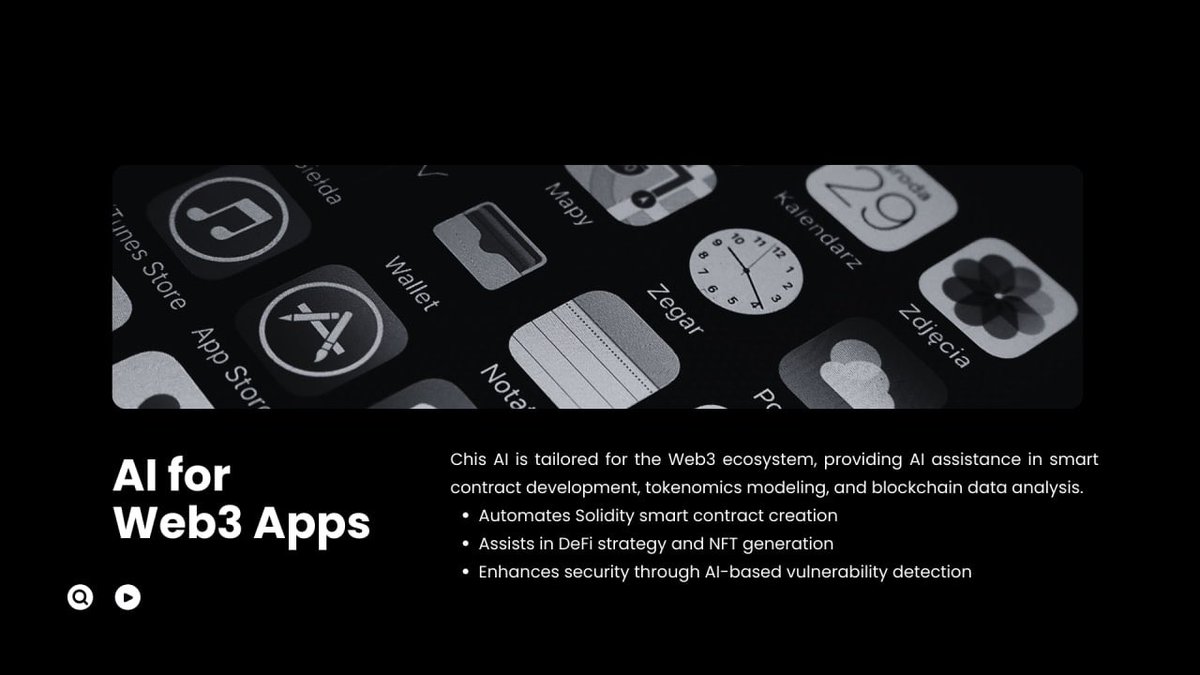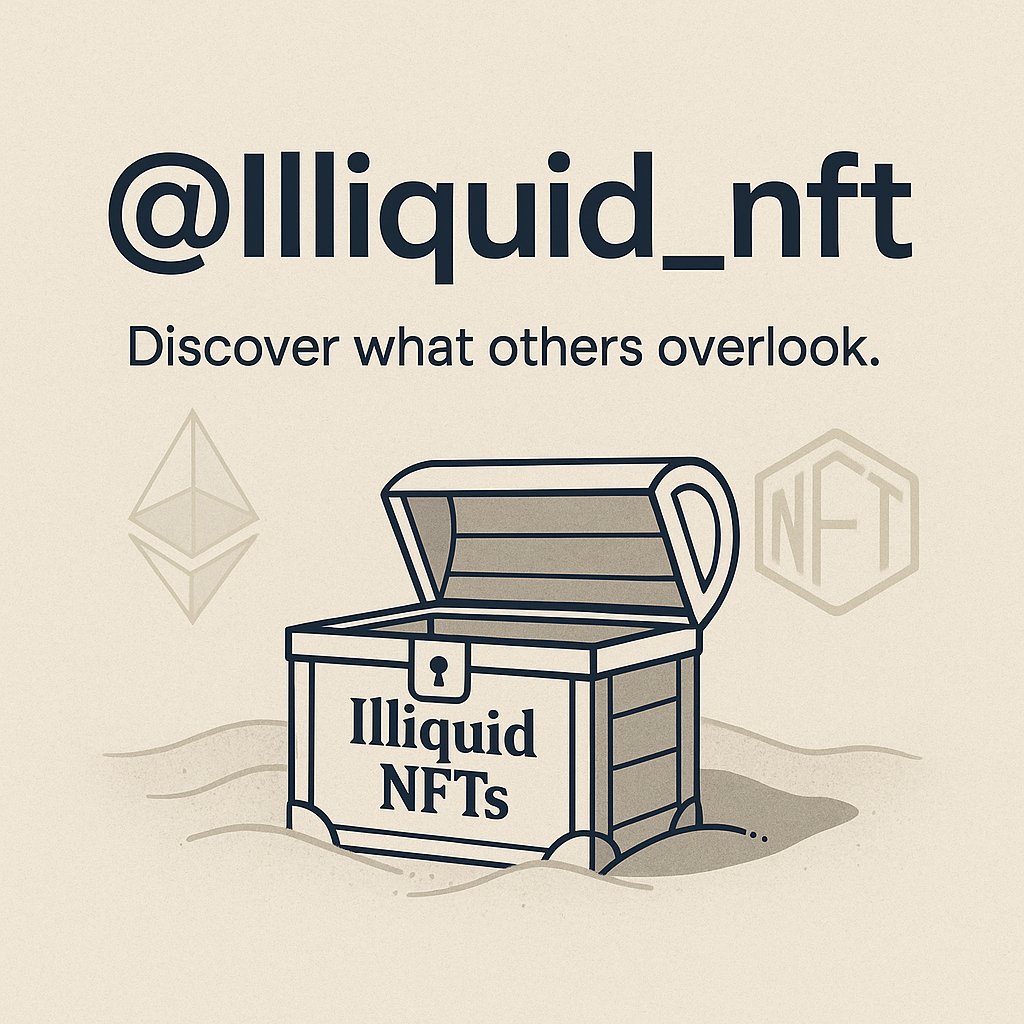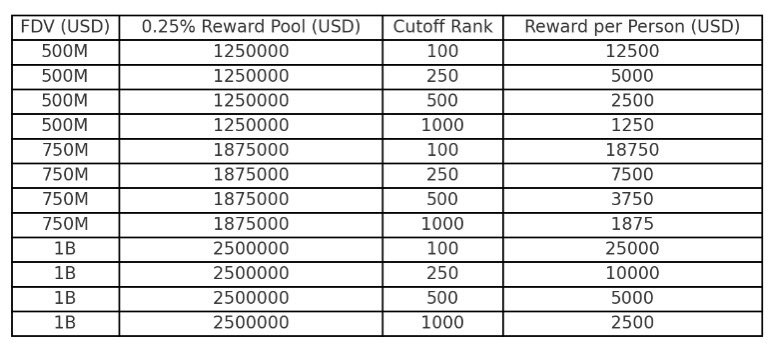The Emergence of AI in the Web3 Ecosystem
The Convergence of AI and Blockchain
The digital landscape is evolving at an unprecedented pace, and at the heart of this transformation lies the convergence of artificial intelligence (AI) and blockchain technology. This fusion is giving birth to the Web3 ecosystem, a decentralized internet where users have greater control over their data and digital assets. AI is not just an add-on but a fundamental component that is reshaping how we interact with blockchain technology. Let’s dive into the specifics of how AI is tailored for the Web3 ecosystem, focusing on smart contract development, tokenomics modeling, and blockchain data analysis.
AI in Smart Contract Development
Automating Solidity Smart Contract Creation
Smart contracts are the lifeblood of the blockchain ecosystem, enabling automated and secure transactions without the need for intermediaries. However, creating these contracts can be a daunting task, often riddled with complexities and potential errors. This is where AI comes into play, particularly with tools like Chis AI. Chis AI automates the creation of Solidity smart contracts, making the process more efficient and less prone to human error. By leveraging machine learning algorithms, Chis AI can analyze existing smart contracts, identify best practices, and generate new contracts that are optimized for performance and security. This automation not only speeds up the development process but also ensures that the contracts are robust and reliable.
Enhancing Security through AI-Based Solutions
Security is a paramount concern in the blockchain world, and AI is proving to be a formidable ally in this regard. AI-based solutions can detect vulnerabilities in smart contracts, predict potential security threats, and even suggest patches or improvements. For instance, AI can analyze patterns in transaction data to identify suspicious activities, thereby enhancing the overall security of the blockchain network. By continuously monitoring and learning from the data, AI can adapt to new threats and provide real-time security solutions, making the blockchain ecosystem more resilient and secure.
AI in Tokenomics Modeling
Assisting in DeFi Strategy and NFT Generation
Tokenomics refers to the economic model of a cryptocurrency or token, including its distribution, inflation, and governance. AI can assist in modeling tokenomics by analyzing market trends, user behavior, and economic indicators. This helps in creating more robust and sustainable token economies. For example, AI can simulate different token distribution scenarios to determine the optimal strategy for maximizing liquidity and minimizing volatility. This predictive capability allows developers to make informed decisions, ensuring that the token economy is stable and attractive to investors.
In the realm of decentralized finance (DeFi), AI can assist in developing strategies that optimize yield farming, liquidity provision, and other financial activities. Similarly, in the non-fungible token (NFT) space, AI can generate unique and valuable NFTs by analyzing market demand and user preferences. This not only enhances the value of NFTs but also makes the creation process more efficient and tailored to market needs. By leveraging AI, developers can create NFTs that are not only aesthetically pleasing but also have intrinsic value, making them more appealing to collectors and investors.
AI in Blockchain Data Analysis
High Transaction Throughput and Low Fees
Blockchain data analysis is crucial for understanding the performance and health of a blockchain network. AI can analyze vast amounts of blockchain data to identify patterns, detect anomalies, and provide insights into network performance. For example, Somnia Network, a layer-1 blockchain, focuses on high transaction throughput (400k TPS) and low fees, making it ideal for gaming, metaverse, and NFT applications. AI can help optimize these parameters by analyzing transaction data and suggesting improvements in network protocols. This optimization ensures that the network can handle a large volume of transactions efficiently, reducing congestion and lowering fees for users.
Interoperability and Scalability
Interoperability and scalability are key challenges in the blockchain ecosystem. AI can play a significant role in addressing these challenges by analyzing cross-chain data and suggesting interoperability solutions. For instance, AI can identify compatible protocols and suggest integration points, thereby enhancing the interoperability of different blockchain networks. This seamless integration allows for the smooth transfer of data and assets across different blockchains, making the ecosystem more cohesive and user-friendly.
Similarly, AI can analyze network congestion data and suggest scalability solutions, such as sharding or sidechains, to improve network performance. By continuously monitoring the network and adapting to changes, AI can ensure that the blockchain remains scalable and efficient, even as the number of users and transactions grows. This adaptability is crucial for the long-term success and sustainability of the blockchain ecosystem.
The Future of AI in Web3
Integrating AI and Blockchain for a Smarter Future
The integration of AI and blockchain technology is poised to revolutionize the Web3 ecosystem. As AI continues to evolve, its applications in smart contract development, tokenomics modeling, and blockchain data analysis will become more sophisticated and impactful. This will lead to a more secure, efficient, and user-friendly blockchain ecosystem, paving the way for widespread adoption and innovation. The synergy between AI and blockchain will create new opportunities and use cases, making the Web3 ecosystem more dynamic and responsive to user needs.
Ethical Considerations and Challenges
While the potential of AI in Web3 is immense, it also raises ethical considerations and challenges. For instance, the use of AI in smart contract development and tokenomics modeling must be transparent and unbiased. Additionally, the security of AI-based solutions must be robust to prevent malicious attacks. As we move forward, it is crucial to address these challenges and ensure that AI is used responsibly and ethically in the Web3 ecosystem. This includes developing frameworks and guidelines that promote transparency, accountability, and fairness in AI applications.
Conclusion: Embracing the AI-Driven Web3 Future
The convergence of AI and blockchain technology is transforming the Web3 ecosystem, making it more efficient, secure, and user-friendly. From automating smart contract creation to optimizing tokenomics and enhancing blockchain data analysis, AI is playing a pivotal role in shaping the future of Web3. As we embrace this AI-driven future, it is essential to address the ethical considerations and challenges, ensuring that AI is used responsibly and ethically. The future of Web3 is bright, and AI is at the forefront of this revolution, driving innovation and creating new possibilities for a decentralized and intelligent internet.











